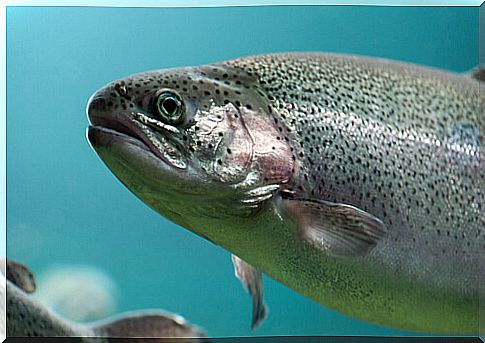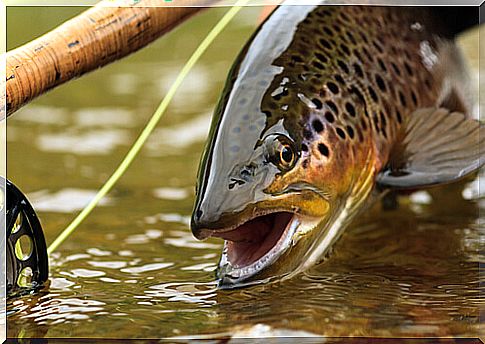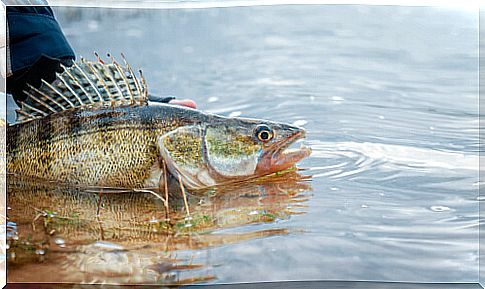Do Fish Feel Pain? What Science Says

The age-old debate about whether fish feel pain has a long history. Initially, the approach was a theoretical and philosophical dilemma, but more recently it has focused on scientific research.
Let’s see more about this topic that, for many, is still valid and continues to give a lot to talk about.
An unfounded myth
It is common to hear people who fish for fun say that fish cannot ‘feel pain’ or that they ‘have no nerves in their mouths’. It is also common to hear some people say that, as fish ‘do not feel’, it is not relevant how they are treated both at the time of fishing, and in their subsequent handling.
However, a new review published in 2019 dispels this myth and points out that, indeed, the scaly inhabitants of the oceans experience pain, in a similar way to how humans do.
Thus, the publication firmly establishes that pain in animals is essential for survival. Only through pain, animals avoid injury and are able to detect potentially harmful stimuli.
Accordingly, the survival of the fish makes them the most successful group of vertebrates. This considering the enormous number of species that occupy a variety of aquatic niches.

Fish feel pain and learn from it
Science has determined that potentially painful events cause behavioral and physiological changes in the animal. For example, the animal may respond with reduced activity, protective behavior, and suspension of its normal behavior.
Scientific evidence
The compendium revisits the evidence for shiny sea bass, which feed using a suction technique, feed less after being caught with a fishing hook. This compared to the group of harmlessly caught perch.
In another case, goldfish subjected to electric shocks in a part of their tank where they are used to feeding will avoid that area for three days, highlighting the long-lasting effects of pain.
Fish feel pain and look for ways to relieve it
Undoubtedly, other evidence of the pain experience is that the use of analgesic drugs prevents in fish the increased ventilation rate and the abnormal behaviors induced by the nociceptive (pain) stimulus. In this sense, the application of extreme heat has a negative effect on the behavior of zebrafish and goldfish. In both species, it was found that they seek relief by going to a chamber with pain relievers.
Scientists argue that these reactions to pain are costly for the fish, as it consumes less food and expends energy trying to mitigate the pain. Consistent with this idea are the findings that abnormal behaviors after painful experiences are weakened when pain relievers are administered.

Do fish have the neural system to feel pain?
Various studies in fish have shown that the biology of the nociceptive system is strikingly similar to that found in mammals. In this sense, polymodal nociceptors were identified, thanks to the electrophysiological recordings of the trigeminal nerves in the trout head. These nociceptors showed physiological properties similar to those described in higher vertebrates.
In this species, the receptors responded to mechanical pressure, temperatures in the noxious range (over 40 ° C), and injections of a 1 percent solution of acetic acid, a noxious substance.
Final note
The importance of being aware that fish feel pain in the same way as mammals lies in the implications it has in terms of animal welfare.
Certainly, accepting that fish are in pain has important implications for how we treat them. Consequently, we must be careful when handling fish to avoid damaging their sensitive skin. On the other hand, they should be captured and killed humanely.









